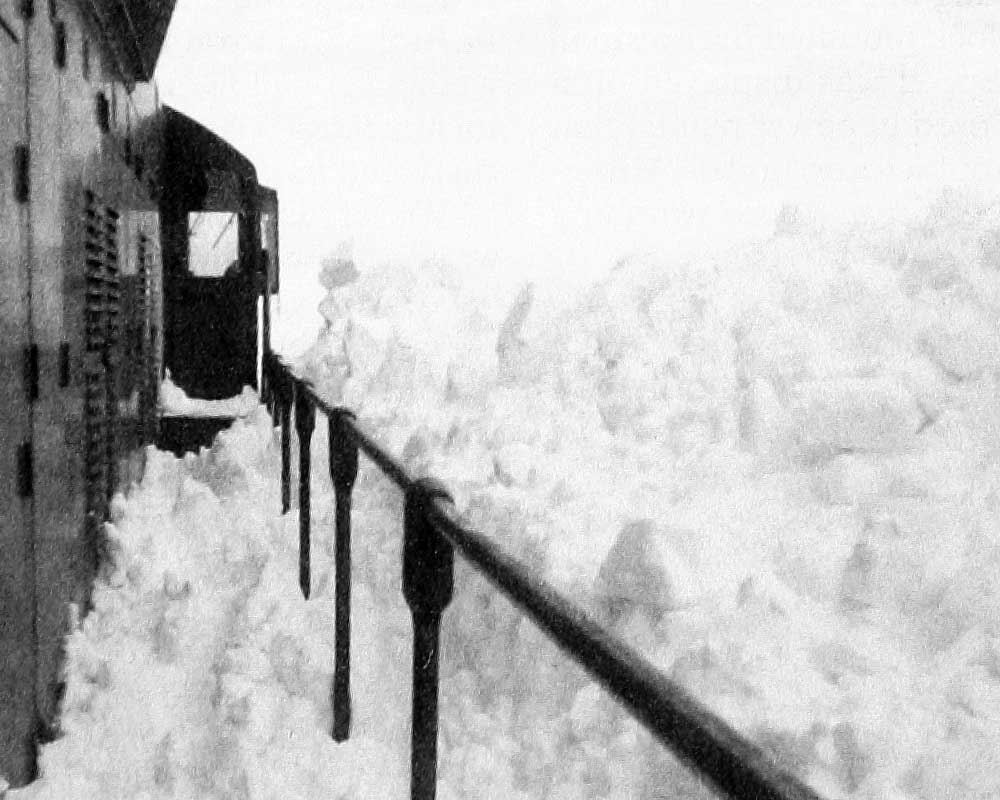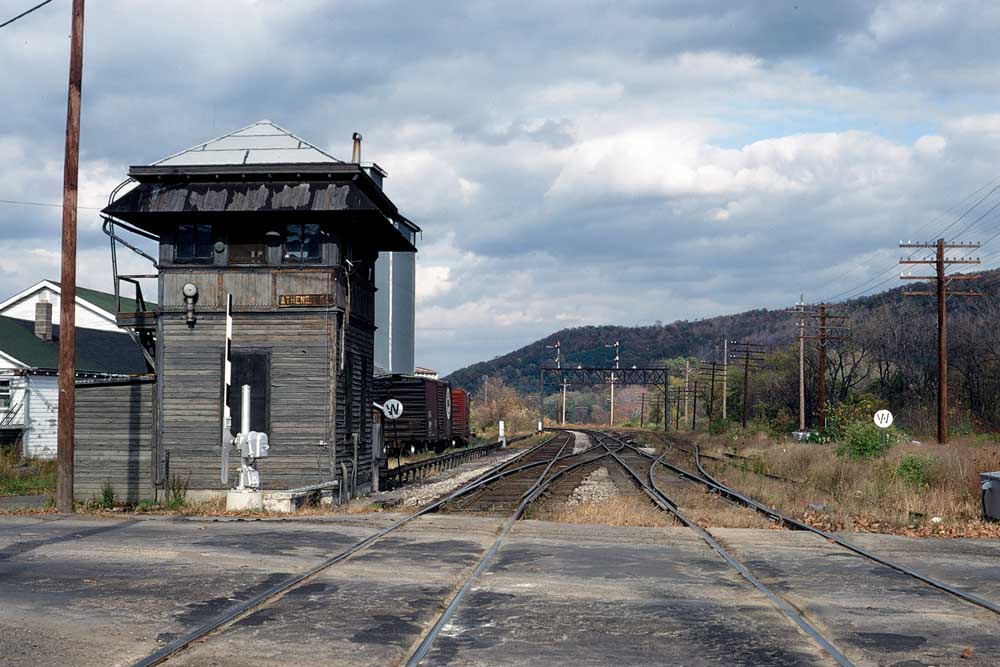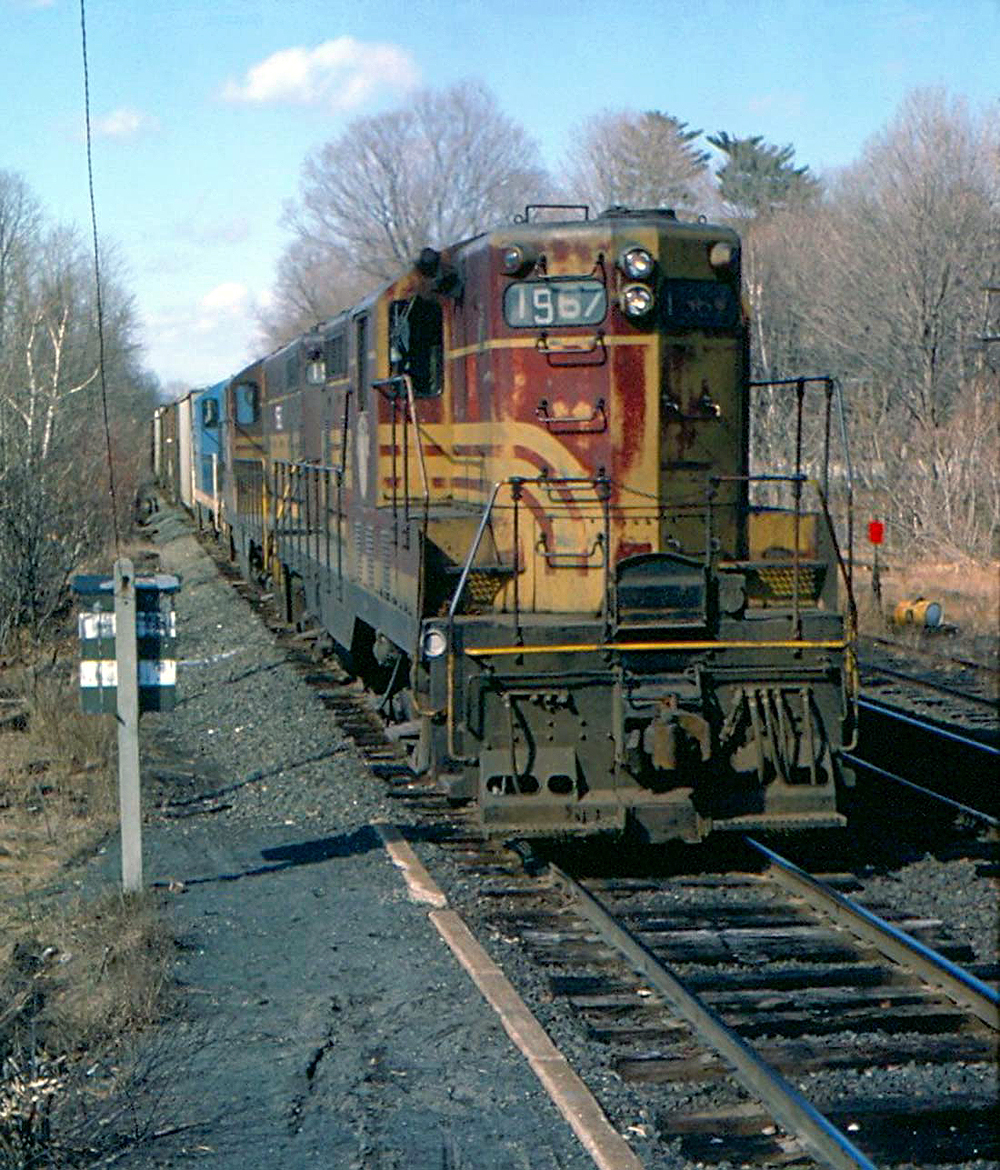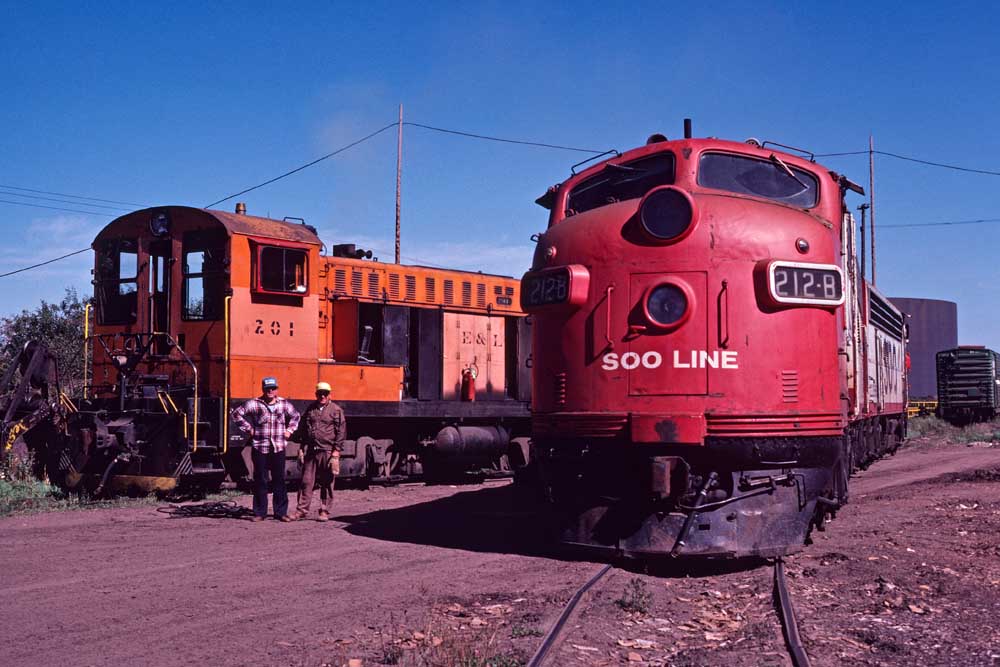During my career as an engineman on the Southern Pacific, I ran and fired locomotives carrying from 185 to 300 psi of superheated steam. The engine in this story was a 3700-class 2-10-2 which carried 200 psi of steam at 510 degrees F.
Every road locomotive had two water glasses, one on the engineer’s side and one on the fireman’s side, so both could see the level of the water over the crown sheet. The water glasses were made of special heavy glass to withstand the pressure and temperature of the water in the boiler.
Even so, it was not unusual for the glasses to crack or shatter, and spray water on the enginemen. It would burn you if the water and steam hit you. We all wore heavy gloves and heavy clothes to protect us from the leaking steam and hot water.
When a water glass broke, it usually didn’t break all at once and we would have time to shut off the top and bottom valves. There were quite a few steam pipes that could leak or rupture on the boilerhead in front of the enginemen. The most dangerous was the manifold right in front of the fireman’s chest. The lubricator above and to the right of the engineer that used the working boiler pressure to oil the moving parts of the engine was also subject to failure from vibrations. The engineer kept a wary eye on that accessory. All steam-operated equipment in the cab had another set of shut-off valves on top of the rear of the boiler near the top of the cab. These were to shut off steam to replace broken pipes and other equipment in the cab.
Now come ride with me on an SP 3700-series 2-10-2 pulling 100 cars out of Carlin, Nev., westward toward Sparks. As we rounded the curve at Harney, something exploded in the cab. The noise was terrible. My eardrums were being crushed. I was instantly covered with hot water. The steam was so thick I couldn’t see the fireman or any of our controls. I put the train into emergency and hit the deck. I knew the locomotive had not exploded or we would not have heard anything — we would be dead. How bad I was scalded I didn’t know. When the train shuddered to a stop we bailed off the engine.
Once I was on the ground I could see I was just wet with hot water, a lot like spilling coffee in your lap. I climbed back up into the cab amid the noise of blowing steam to shut off the water glass I figured was broken. Back up in the cab I could see the pipe leading to the water glass was broken in two, just above the shut-off valve. Climbing up on the top of the boiler from the outside, where the shut-off valves were located, I felt around in the fog of the steam and the noise. I started turning the valves off by feel until the noise stopped.
When I started to sit down in my seat I noticed my cap was in the middle of my seat. The stream of high-pressure steam had taken off my cap and pinned it to the rear wall of the cab. The paint and grease had been burned off the metal. When I sat back down on my seat I notice the clean portion was just where my head would have been — if I hadn’t been in the engineer’s position of leaning a little bit out the cab window and my hand on the throttle as all steam “hogheads” did. Thus I was saved from having my head burned off my shoulders.














Thank you for sharing your deadly experience. I worked 40+ years in train service. I never had a chance to work in engine service as I started on the Milwaukee Road, then the Santa Fe in 1965 right out of high school, not long after the 282 award in 1962 greatly reducing the number of firemen working. That left many of the former firemen working as trainmen. However, that gave me many hours working with the men who worked with steam.
One thing I recall being told why it was important to wear long sleeve shirts made without any synthetic material while working on steam locos. If there was a serious steam leak your clothing could help protect from serious scalding. Later, while doing volunteer work on the Santa Fe 3751, I was told about not wearing synthetic material.
The reason was that instead of protecting the skin synthetic material could melt and cling to your skin and could burn it worse. This discussion may have been while we were at Railfair ’99 in Sacramento, CA. The UP 844 had the flue sheet failure, suddenly bursting a flue where it met the flue sheet. Fortunately the only person in the 844 cab was the fireman. They had been letting the public into the cab.
He told us when the cab filled with steam, describing a situation similar to yours, he pulled the emergency fuel shut off and jumped out of the cab. The only injury was a burn on his arm. He had been wearing a short sleeve shirt since it was 95-100 degrees outside temperature plus more inside the cab. So even when it was hot it was best to wear a long sleeve cotton shirt or wool if you could stand the extra warmth.